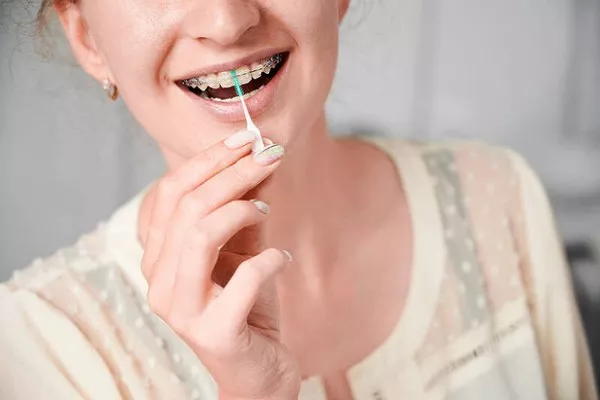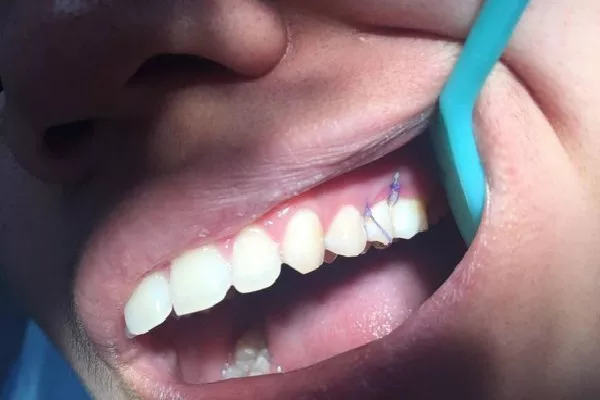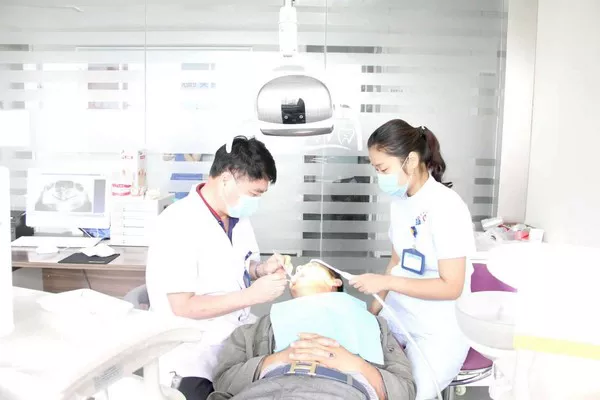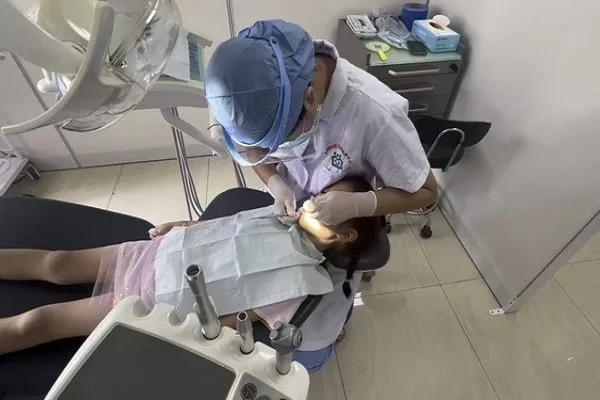A bright, white smile can boost confidence and enhance appearance. However, sometimes teeth can become stained or discolored, leading to a less-than-perfect smile. Yellow teeth, in particular, are a common concern for many people.
- While brushing is an essential component of dental hygiene, it may not always be enough to turn yellow teeth white.
To understand why yellow teeth occur, it’s important to know a bit about tooth structure. Teeth have two layers: the outer layer, which is called the enamel, and the inner layer, called the dentin. The enamel is a hard, white layer that protects the dentin, which is a yellowish layer that makes up the bulk of the tooth.
When the enamel becomes thin, the yellowish dentin beneath becomes more visible, resulting in yellow teeth. There are a variety of factors that can contribute to enamel thinning and tooth discoloration, such as aging, tobacco use, certain medications, and consuming certain foods and beverages like coffee, tea, and red wine.
While regular brushing is crucial to maintaining oral health, it may not be enough to remove stubborn stains on the enamel. That’s because the bristles of a toothbrush are designed to clean the smooth surfaces of teeth and can’t reach into the tiny crevices where stains can accumulate. Additionally, brushing too hard or using a brush with stiff bristles can damage the enamel and make yellowing worse.
- There are a few options available to help turn yellow teeth white.
One option is to visit a dentist for a professional cleaning. During this procedure, the dentist will use specialized tools to remove tartar and surface stains. They may also use a whitening treatment, which can help lift deep stains from the enamel.
At-home whitening treatments are another option. Over-the-counter whitening toothpaste, strips, and gels are widely available, but they may not be as effective as professional treatments. Some of these products can also cause tooth sensitivity and irritation, so it’s important to follow instructions carefully.
It’s also possible to make lifestyle changes to help prevent further tooth discoloration. This includes avoiding tobacco use, limiting consumption of staining foods and beverages, and practicing good oral hygiene habits like regular brushing and flossing.
In conclusion, while brushing is an important component of dental hygiene, it may not be enough to turn yellow teeth white. Visiting a dentist for a professional cleaning or using at-home whitening treatments can help, but it’s also important to make lifestyle changes to prevent further discoloration. With proper care and treatment, a bright, white smile is achievable.
































